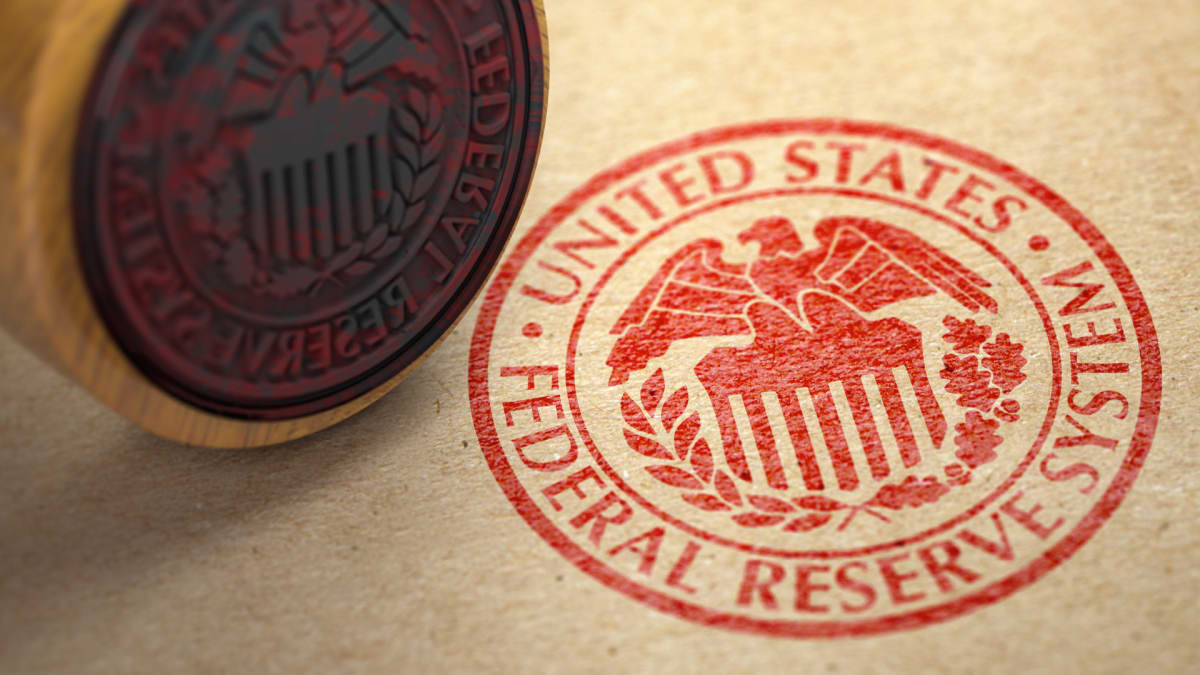
After Wednesday’s news that inflation eased in March, many economists and investors say the Federal Reserve will raise interest rates one more time next month and then stop.
“With major equity indexes holding up, consumer confidence higher in March, solid payroll growth, and a low unemployment rate, the Fed will probably raise the federal funds target another quarter percentage point at their next decision in May,” said Bill Adams, chief economist for Comerica Bank.
“That will probably be the last hike of the cycle, as anticipated in the Fed’s March dot plot.” He was referring to Fed officials’ forecast that the federal funds rate will end the year at 5.1% to 5.6%.
Don't Miss: Financial Turmoil Has Eased but Risks Still Abound
The rate currently stands in a range of 4.75% to 5%. The central bank began its rate hikes in March 2022, when the rate was 0% to 0.25%.
As for inflation, the consumer price index firmed 0.1% in March, decelerating from a 0.4% gain in February. The CPI climbed 5% year-on-year in March, the lowest since May 2021 and down from 6% in February.
Despite the improvement, inflation remains above the Fed’s 2% target.
‘Core Inflation Is Too High’: Comerica's Adams
“Total inflation is slowing, as last year’s surges in gasoline and food prices start to fall out of the year-over-year comparison. But core inflation is still too high,” Adams said.
Core inflation, which excludes food and energy, rose 0.4% in March from February. That annualizes to 5.4%. To be sure, the month-on-month increase was down from 0.5% in February.
Putting all these numbers together, inflation gives mixed signals but seems strong enough to prompt the Fed lift rates again.
Employment numbers for March also present a mixed picture. Nonfarm payrolls climbed 236,000 from February, a solid number for normal times but the lowest reading since December 2020.
The unemployment rate eased to 3.5% in March from 3.6% in February, almost reaching the 53-year low of 3.4%.
Financial Volatility Has an Impact
Then there’s the turmoil in the financial system, which included three U.S. bank failures last month. That turmoil tightened financial conditions, doing some of the Fed’s job for it. Fed Chairman Jerome Powell said the tumult could be equivalent to a rate hike or more.
But that tumult has eased in recent days, giving the Fed less reason to hold back on a rate increase.
Don't Miss: Women's Sports Become Bigger Business, Better Investment
Absent more signs of financial stress before its May 2-3 meeting, the Fed will likely raise rates by 0.25 percentage point, says Alexandra Wilson-Elizondo, co-head of multiasset-portfolio management at Goldman Sachs Asset Management.
Still, “we believe the hiking cycle is much closer to its end than its beginning, for two reasons,” she said. “Financial stability has become a bigger concern, and [economic] growth should continue to slow as credit conditions tighten.”
Traders’ positions in the interest-rate futures market signal that the Fed will boost rates by a quarter percentage point in May, then pause before cutting rates in September.
The first two parts of that scenario are certainly reasonable. But Powell said in March that the Fed didn't expect to cut rates this year. And betting against him may not be a wise idea.
Receive full access to real-time market analysis along with stock, commodities, and options trading recommendations. Sign up for Real Money Pro now.







